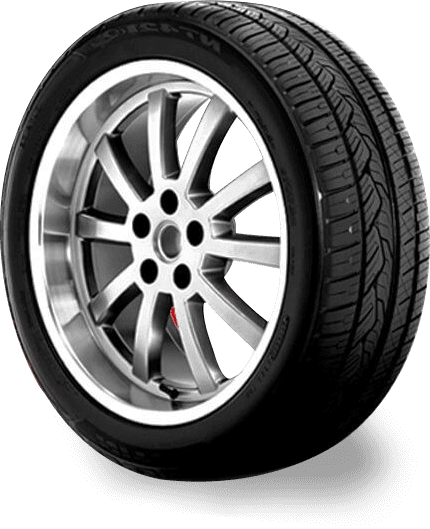
Dec . 04, 2024 16:32
Back to list
gas safety relief valve
Understanding Gas Safety Relief Valves Importance, Function, and Maintenance
Gas safety relief valves play a crucial role in various industries, particularly those involving the handling and storage of gas and pressurized systems. These valves are designed to protect equipment and personnel from the dangers associated with overpressure. In this article, we will explore the importance, functionality, and maintenance of gas safety relief valves.
Importance of Gas Safety Relief Valves
Safety is paramount in any operation that involves gases under pressure. Overpressure can lead to catastrophic failures, resulting in explosions, fires, or toxic leaks. Gas safety relief valves are essential safety devices that prevent such incidents by venting excess pressure. They are utilized in many applications, including natural gas pipelines, chemical manufacturing, and oil refining.
The primary function of these valves is to sense when the pressure within a system exceeds a predetermined limit. When this occurs, the valve opens, allowing gas to escape and thereby reducing the pressure to a safe level. By doing so, gas safety relief valves help to prevent damage to equipment, maintain safe working conditions, and ensure compliance with regulatory standards.
Functionality of Gas Safety Relief Valves
Gas safety relief valves operate on simple yet effective principles. They are designed with a spring-loaded mechanism that holds the valve closed under normal operating conditions. Each valve has a specific set pressure, known as the set point, at which it will begin to open. When the internal pressure reaches this set point, the force exerted by the gas overcomes the spring tension, causing the valve to open.
Once the valve opens, gas is released until the pressure drops to a safe level. The valve then closes automatically, ready to operate again when needed. This automatic functioning is critical as it allows for continuous monitoring of pressure levels without the need for external intervention.
Relief valves can be categorized into two main types conventional and balanced bellows. Conventional relief valves are commonly used and provide effective pressure relief in most applications. Balanced bellows valves, on the other hand, are designed for systems where backpressure may affect performance. These valves are equipped with a bellows mechanism that separates the spring from the gas pressure, allowing for reliable operation even in fluctuating conditions.
gas safety relief valve

Maintenance of Gas Safety Relief Valves
While gas safety relief valves are designed to be robust and reliable, regular maintenance is vital to ensure their proper functioning. Neglecting maintenance can result in valve failure, which can have serious consequences.
Regular inspection is the first step in maintaining these valves. Inspectors should check for signs of wear, corrosion, or damage, which can compromise the valve's integrity. In addition to visual inspections, functional testing should be conducted periodically. This involves simulating overpressure conditions to ensure that the valve opens and closes at the designated set point.
Another important aspect of maintenance is cleanliness. Dust, debris, and contaminants can interfere with the operation of the valve. Therefore, keeping the valve and its surrounding area clean is crucial for optimal performance.
Documentation is also an essential part of maintenance practices. Keeping detailed records of inspections, tests, and repairs can help identify patterns or recurring issues, allowing for more proactive maintenance strategies.
Conclusion
Gas safety relief valves are an integral part of any system involving pressurized gases. Their primary function—to relieve excess pressure and ensure safety—cannot be overstated. Understanding the importance and functionality of these valves helps businesses maintain safe operations and comply with industry standards.
However, regular maintenance and inspection are equally important to ensure the reliability and effectiveness of gas safety relief valves. By prioritizing the upkeep of these critical devices, industries can protect their employees, equipment, and the environment from the dangers of overpressure. Investing time and resources in maintaining safety relief valves ultimately leads to safer and more efficient operational practices.
Latest news
-
Safety Valve Spring-Loaded Design Overpressure ProtectionNewsJul.25,2025
-
Precision Voltage Regulator AC5 Accuracy Grade PerformanceNewsJul.25,2025
-
Natural Gas Pressure Regulating Skid Industrial Pipeline ApplicationsNewsJul.25,2025
-
Natural Gas Filter Stainless Steel Mesh Element DesignNewsJul.25,2025
-
Gas Pressure Regulator Valve Direct-Acting Spring-Loaded DesignNewsJul.25,2025
-
Decompression Equipment Multi-Stage Heat Exchange System DesignNewsJul.25,2025

